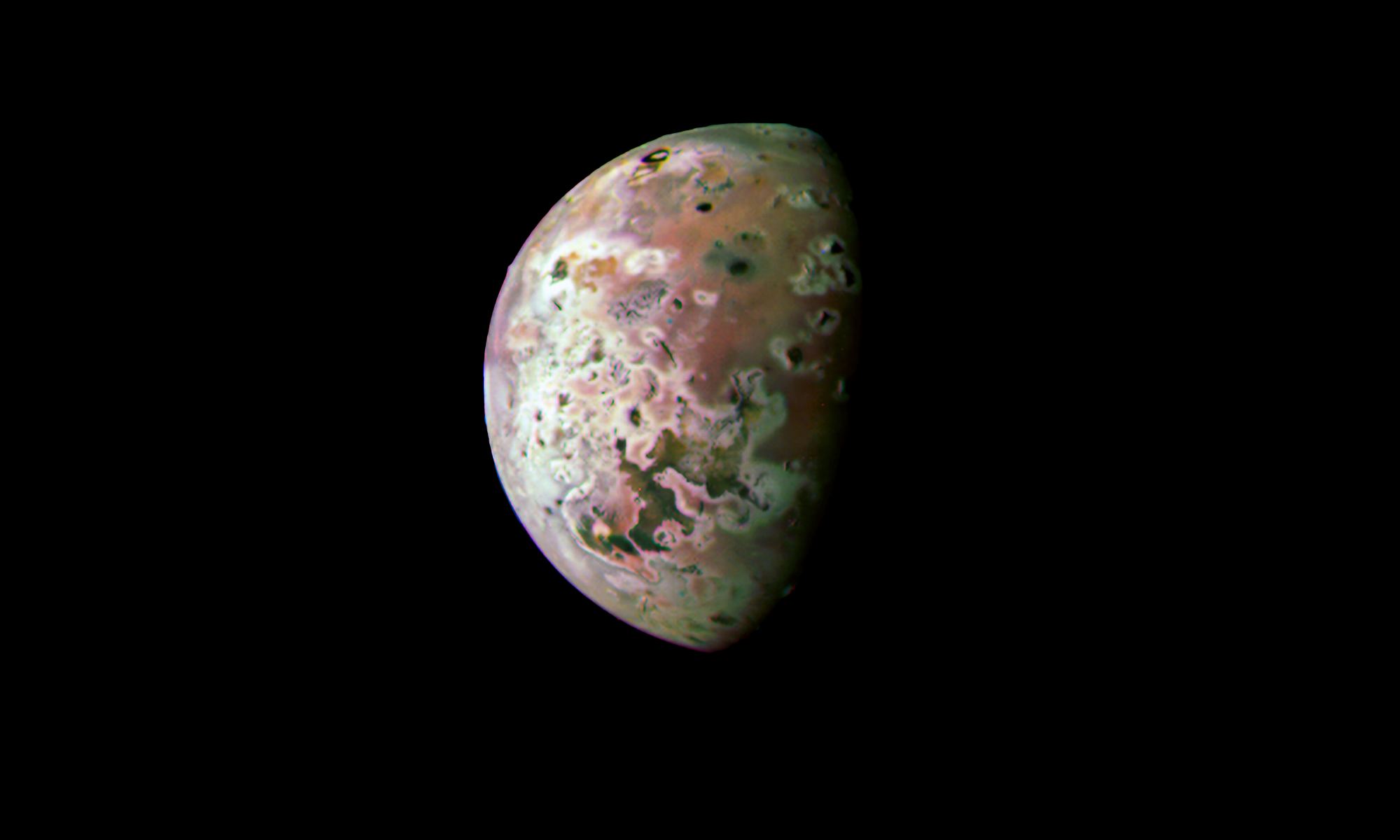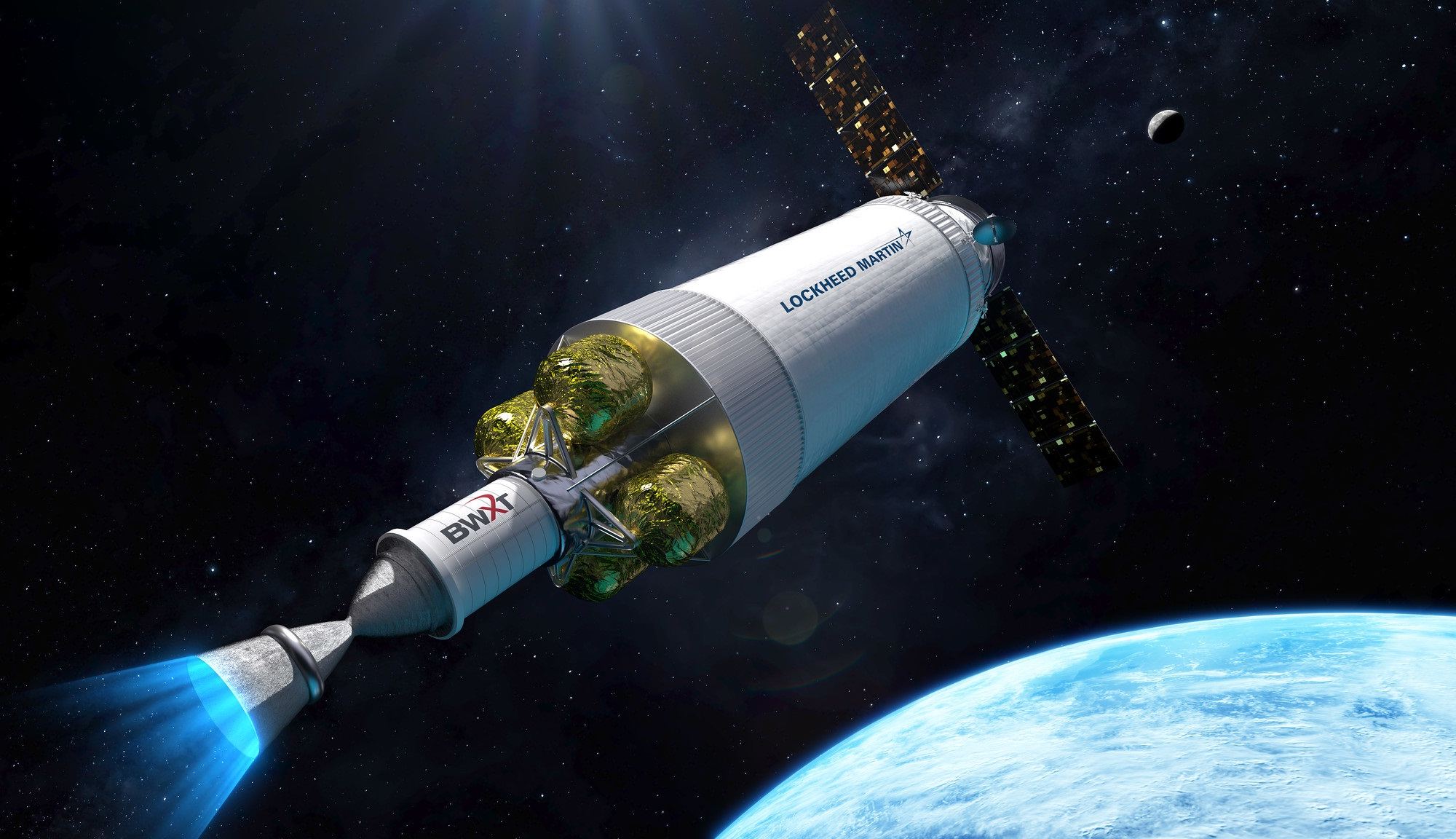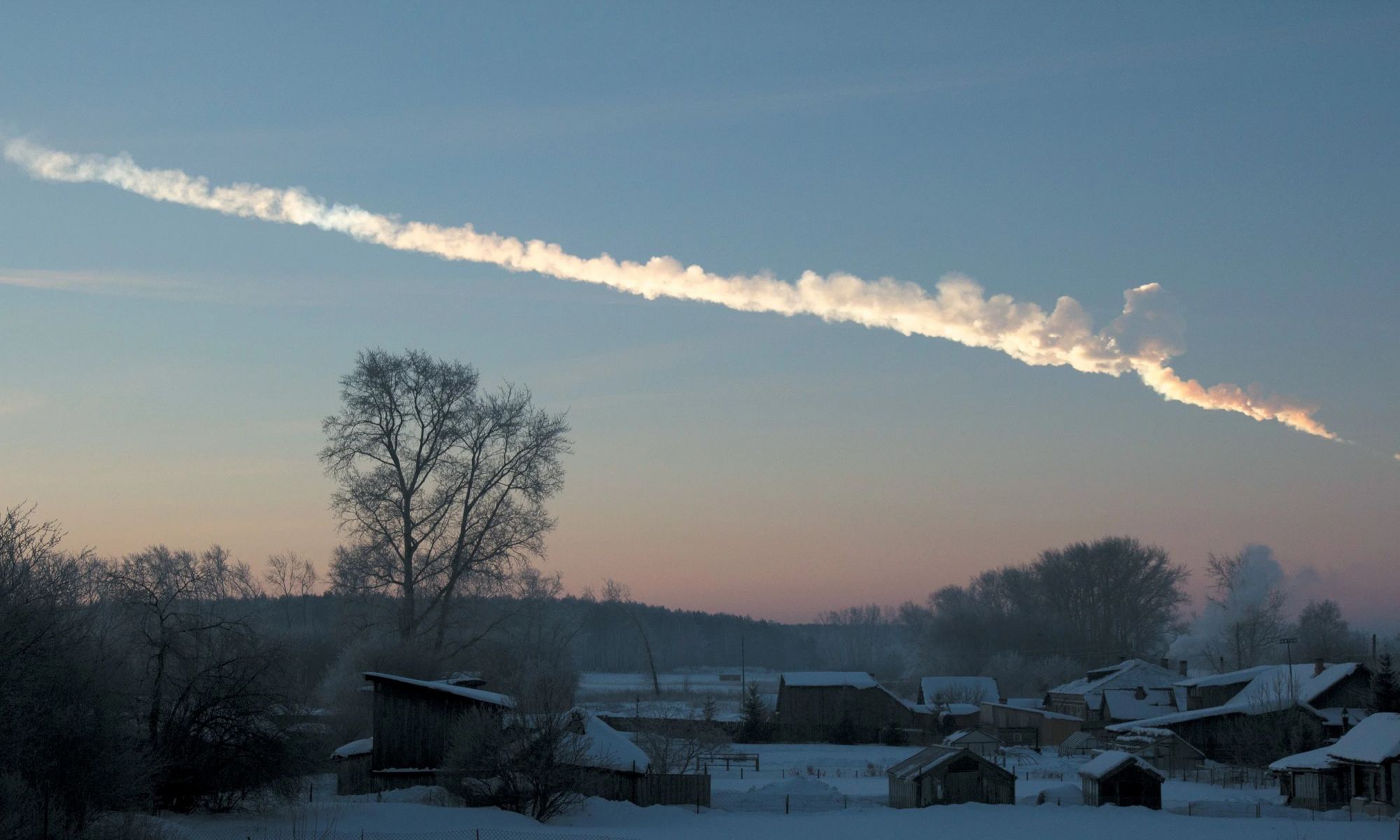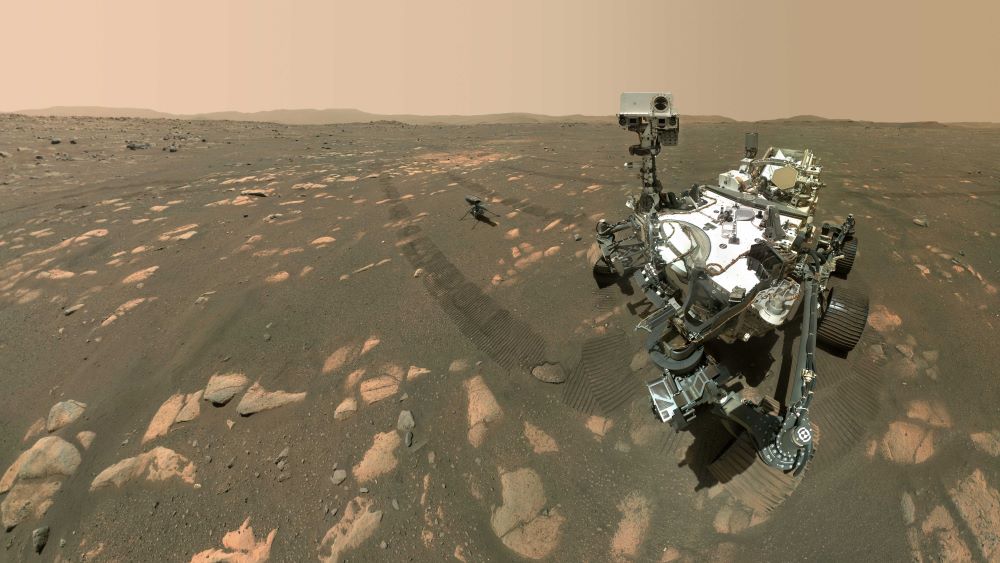This summer, experts in fields ranging from astronomy and astrophysics to astrobiology, astrogeology, and cosmology all convened at the University of McGill for the 8th Interstellar Symposium: In Light of Other Suns. In partnership with McGill, this event was hosted by the Interstellar Research Group (IRG), the International Academy of Astronautics (IAA), and Breakthrough Initiatives. Between July 10th and 13th, students, press, and space enthusiasts attended presentations and outreach events that addressed the big questions on interstellar spaceflight exploration.
To learn more, Universe Today sat down with NASA technologist, author, and engineer Les Johnson who attended the event and hosted many of its panel discussions. This included the public outreach event “Interstellar Travel: Are We Ready?” where he and a panel of experts (including Alan Stern, AJ Link, Prof. Philip Lubin, Erika Nesvold, and Trevor Kjorlien) discussed the technological, social, and ethical dimensions of traveling nearby stars. He was also a featured guest for the Science Fiction Author Panel, where he was joined by fellow SF authors Karl Schroeder, Eric Choi, and Sylvain Neuvel.
Continue reading “Universe Today Interviews Author, Engineer & Technologist Les Johnson About the 8th Interstellar Symposium”









